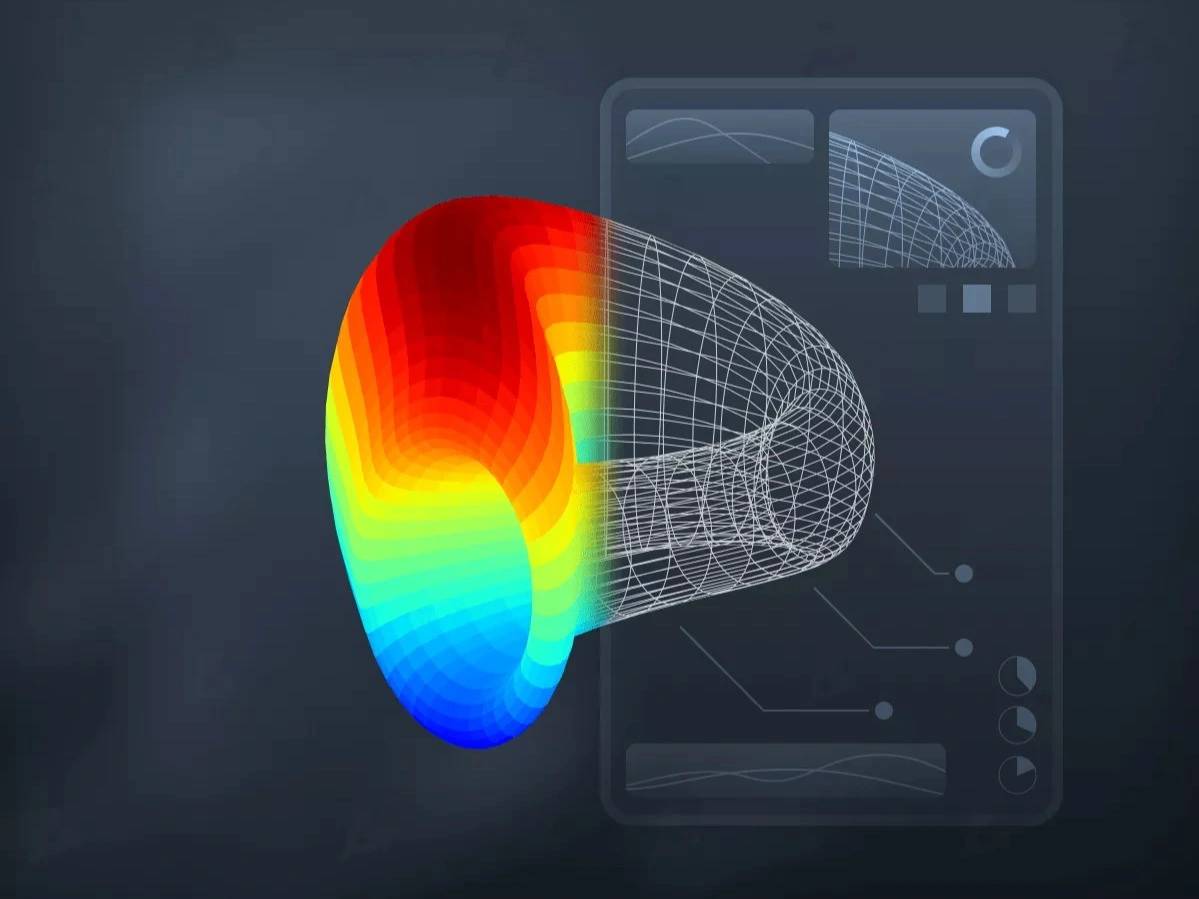订阅 wiki
Share wiki
Bookmark
Curve DAO (CRV)
Curve DAO (CRV)
Curve DAO (CRV) 是 Curve Finance 的 实用代币,Curve Finance 是一种 去中心化金融 (DeFi) 协议,充当 稳定币 的 去中心化交易所 (DEX)。 [1]
历史
Curve Finance 由俄罗斯物理学家和软件工程师 Michael Egorov 于 2020 年 1 月创立。[6] 该协议的原生 治理代币 CRV 原定于 2020 年 8 月 14 日正式发布,但一位匿名开发者,使用一个新创建的 Twitter 帐户 @0xc4ad,于 2020 年 8 月 13 日发推文,声称他们已经部署了 Curve DAO 智能合约。该开发者花费了 19.9 ETH(约 8,000 美元)的费用,在 以太坊 上部署了智能合约。
Curve Finance 团队并不知道这件事,由于合约已经部署,一些用户开始 质押 yCRV 代币(代表 Curve 流动性池 的份额)以赚取 CRV 代币。这导致了 DeFi 社区的困惑和“预挖”指控。在 Curve 团队能够验证已部署的 智能合约 之前,已经预挖了超过 80,000 个 CRV 代币。最初持怀疑态度的人最终找到了部署执行准确的证据,包括正确的代码、数据和管理密钥。因此,他们公开宣布决定于 2020 年 8 月 14 日采用 CRV 发布,理由是围绕它的吸引力和兴趣日益增长。[7]
概述
Curve DAO 代币的主要目标是激励 Curve Finance 平台上的 流动性提供者,并促进用户积极参与协议的治理。CRV 有三个主要功能:投票、质押 和提升。参与这些活动需要锁定 CRV 代币并获得 veCRV。[4]
veCRV 代表 vote-escrowed CRB,它是锁定一段时间的 CRV。锁定时间越长,收到的 veCRV 就越多。[4]
运作机制
Curve Finance 作为一个去中心化交易所 (DEX) 运行,使用自动做市商 (AMM) 模型,而不是传统的订单簿。该系统允许直接针对用户资助的流动性池执行交易。该协议的关键创新是其 StableSwap 算法,该算法专门为稳定币和其他具有紧密挂钩价值的资产(如 DAI、USDC 和 USDT)而设计。该算法将流动性集中在稳定的价格点(例如 1 美元)附近,这使得可以以非常低的滑点和最低的费用执行大型交易,从而提供高资本效率。[6]
质押
通过 质押(锁定)CRV 代币,用户可以获得 Curve 协议产生的 交易费用。社区的一项提案引入了对所有交易费用征收 50% 的管理费,该费用分配给 veCRV 持有者。这些费用被收集并用于购买 3CRV,3CRV 是 TriPool 的 LP 代币。随后,获得的 3CRV 代币将分配给 veCRV 持有者。[4]
提升
CRV 代币持有者可以通过提供流动性来提高他们的奖励。通过锁定 CRV 代币,用户可以获得投票权,使他们能够积极参与 DAO 的决策过程。这种锁定机制使他们能够在他们为 Curve 平台贡献的流动性上获得高达 2.5 倍的提升。[5]
投票
在 CRV 持有者锁定他们的 veCRV 代币后,他们可以积极参与不同 DAO 提案和池参数的投票过程。这种投票权使他们能够在塑造 DAO 的决策和方向方面发挥作用。[4]
生态系统发展
在 2024 年,Curve Finance 的用户参与度和生态系统都显着增长。该平台上的独立用户数量从 2023 年的 30,000 人增加到 2024 年的 60,000 人,年增长率为 127.7%。2024 年 3 月,该平台推出了 LlamaLend,一种具有清算保护的借贷机制,到年底已扩展到多个链,如 Arbitrum 和 Optimism。[7]
2024 年 10 月,Curve 推出了 Savings crvUSD (scrvUSD),一种产生收益的稳定币。在其第一个月内,scrvUSD 吸引了超过 2000 万美元的存款,其市值增长了 30%,达到 7800 万美元。该稳定币还与 Pendle 和 Spectra 等平台集成,以实现收益耕作机会的多样化。[7]
到 2025 年 8 月 13 日的五周年纪念日,该协议已成为 DeFi 流动性基础设施的核心组成部分。大约在这个时候,创始人 Michael Egorov 的重点转移到开发 Yield Basis,这是一种旨在解决无常损失的新型基于 AMM 的协议。[10]
代币经济学
初始供应
初始分配约为 13 亿个 CRV 代币,约占总供应量的 43%。5% 的代币指定用于 pre-CRV 流动性提供者,归属期为一年。股东(包括团队和投资者)获得了 30% 的代币,归属期为 2 到 4 年。3% 分配给员工,归属期为两年。另外 5% 用于社区储备。在发布时,没有 流通供应量,初始释放率估计约为每天 200 万个 CRV 代币。[3]
供应分配
Curve DAO (CRV) 代币的总供应量为 30.3 亿个代币,分配如下:62% 给 流动性提供者,30% 给股东,5% 给社区储备,3% 给员工。股东和员工的分配受归属计划的约束,通常为 2-4 年。
在其 2024 年的四周年纪念日,Curve Finance 大幅降低了 CRV 代币的通货膨胀率。截至 2024 年 8 月 13 日,CRV 的年通货膨胀率从 20% 降至 6%。这种降低是模型的一部分,其中 CRV 排放量将每四年减半,类似于 比特币 减半模型。此更改标志着所有归属计划的结束,这意味着未来的 CRV 排放量仅定向到流动性提供者。此举旨在维持代币价值的长期稳定性,并鼓励继续参与 DeFi 社区。[7]
2025 年 8 月 14 日,该协议再次按计划减少了 CRV 代币排放量。作为 Curve 通货紧缩代币经济学模型的一部分,此事件将年度 CRV 发行率降低了 15.9%。[11]
安全事件
2023 年 7 月重入攻击
2023 年 7 月 30 日,Curve Finance 遭受了一次重大的重入攻击,导致多个流动性池损失约 6100 万美元。[8] 该漏洞被追溯到 Vyper 编程语言的特定版本中的漏洞,受影响的池使用了该语言。[9] 事件发生后,攻击者开始归还一部分被盗资产,最终归还了约 73% 的资金。[8] 为了解决流动性提供者的剩余损失,Curve DAO 于 2024 年 2 月投票批准了一项赔偿计划。该提案涉及向黑客攻击的受害者分配价值 4400 万美元的 CRV 代币。[9]
2025 年 5 月社交媒体黑客攻击
2025 年 5 月 5 日,Curve Finance 的官方 X(前身为 Twitter)帐户通过社交工程攻击遭到入侵。攻击者发布了一份欺诈性公告,声称是“首次 CRV 空投”,将用户引导到一个旨在耗尽其钱包的恶意网络钓鱼网站。Curve 团队迅速做出回应,创始人 Michael Egorov 在虚假帖子出现几分钟后通过他的个人帐户确认了入侵。恶意推文被删除,帐户控制权在几个小时内恢复。该协议的智能合约和用户资金未受到影响,因为违规行为仅限于社交媒体帐户。该事件凸显了智能合约代码之外安全性的重要性,强调了通信渠道和人为基础设施中的漏洞。[6]
发现错误了吗?
